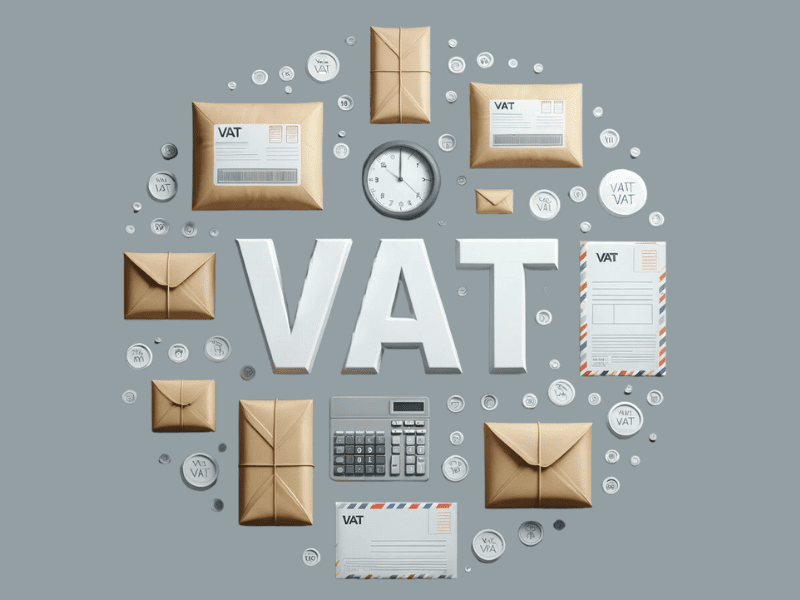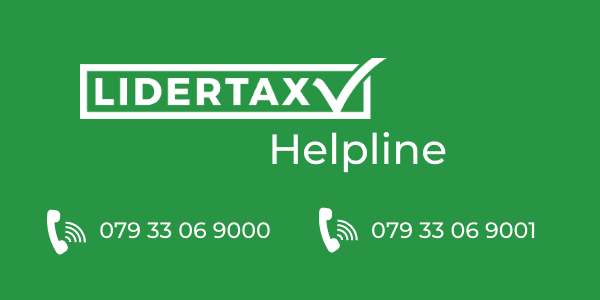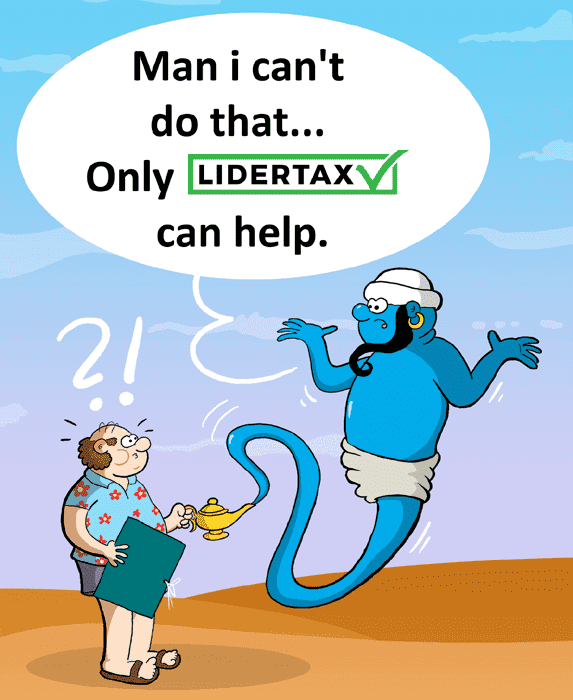
VAT can be expensive, especially if you have regular charges. For businesses that rely on postal and delivery services, this can become especially significant. After all, the cost of postage only seems to be increasing. And, while the cost of postage usually won’t make or break a sale, it’s still a significant charge for businesses.
As such, today’s brief guide covers the key things you need to know about the role of VAT in delivery. In turn, this should help you plan your own expenses more accurately.
What is the Role of VAT in the Pricing of Postal and Delivery Services?
Postal and delivery services are incredibly important to many businesses. Still, it’s not always innately clear to see how postal and delivery services are charged for VAT. In accordance with this, keeping the following factors in mind may help.
How VAT is Charged on Stamps
One of the more confusing aspects of VAT in postage and delivery is stamp charges. Stamps sold at face value or less are actually exempt from VAT. However, this doesn’t necessarily apply to all stamps; those that have had a mark-up added and those which are not valid for postage still get charged VAT.
If a stamp has been charged at more than its face value, the rate above face value will be charged VAT. This is charged at the standard rate. However, it’s not necessarily clear to the buyer whether VAT will have been charged initially. For example, the seller may have sold the stamps under the second-hand margin scheme. In this case, while VAT will have been charged, you may not realise. The seller will still have to show this on their profit margins, though.
How VAT is Charged on Postage and Delivery Costs
Postage and delivery charges can be a little tricky to work out in terms of VAT. For example, if the cost of postage is passed onto the customer, VAT is due for the complete delivery charge.
It’s worth noting that charges made by the Royal Mail Group Limited work a little differently; these are exempt from VAT. However, some Royal Mail postal services, such as Royal Mail Same-Day Delivery, may not necessarily fall under the same category. Thus, value-added tax may still be charged, even when posting through Royal Mail.
What About Free Delivery?
Let’s assume the seller is offering free delivery, or if the price of a product includes its delivery cost. In this case, the VAT charge will be based on the total selling price of the goods.
How VAT Varies Based on the Item Being Delivered
One factor that’s worth noting here is how the value-added tax category of the goods influences the VAT charged. If a product is zero-rated, the delivery charge will match this. This still applies in cases where the invoice for delivery has been charged separately.
When Delivery is Not Required Under Contract
In certain instances, delivery services might not be obligatory as per the contract. In such situations, the charge for delivery is considered as an independent supply. Consequently, it is not included as part of the supply of goods.
VAT in the Pricing of Postal – Final Thoughts
Postal and delivery services can become costly when you end up sending out multiple parcels per day or week. Fortunately, though, today’s guide has outlined some of the key things you need to know about VAT on postage. Hopefully, this will help inform your decision on how to approach delivery charges.
But remember, the value-added tax rules for postage can often be a little complex. As such, if you need any further support and guidance, be sure to contact your “accountant near me” for support. Your local accountant should be able to help you learn more about how VAT is charged on postal services.
Contact our friendly team here at LiderTax if you have any further questions about how VAT is charged on postage. It can seem like something of a mine field, but don’t worry; we can help you understand the right charges for your business model and selling approach!




